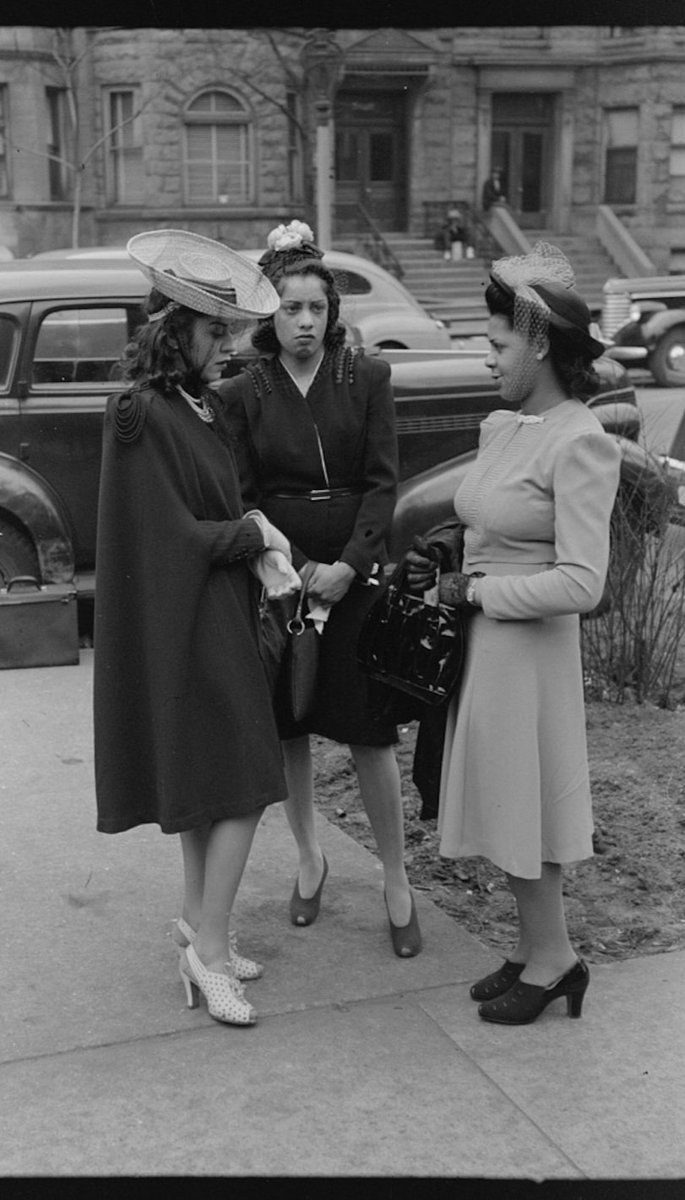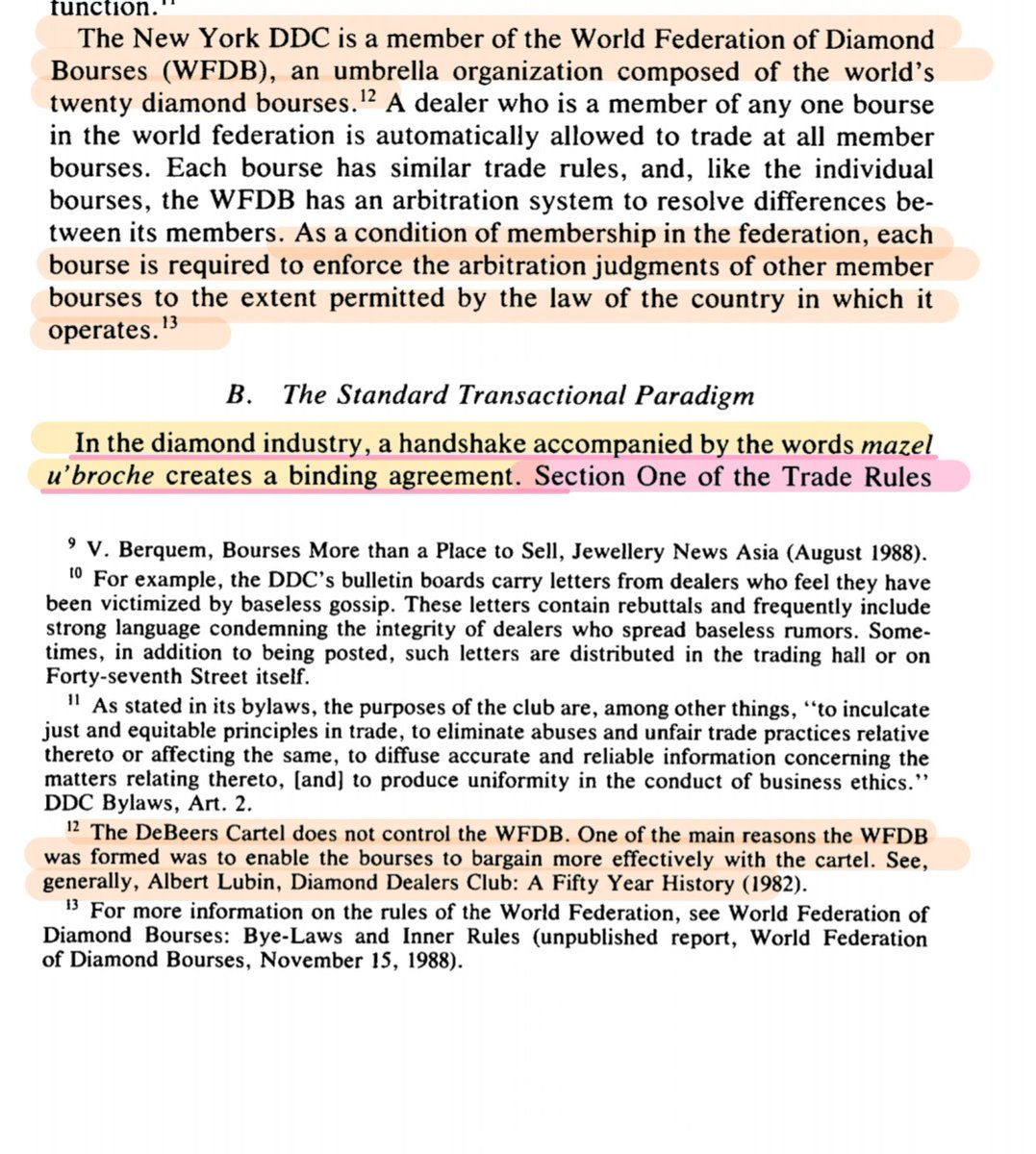
I listened to an oral history of Bobby Joe Moon, the son of Taishanese 🇨🇳 immigrants who lived/had a business in a Black neighborhood in Mississippi during Jim Crow segregation but attended white schools and got a job making $3/hr when Black American women were making $3 a day twitter.com/i/web/status/1…
He also discusses how Asians were used to break "the color line" even though the color line was about Black Americans, not Asian Americans
Bobby Joe Moon:
"It was easier for them to use an Asian to break the color line"
Bobby Joe Moon:
"It was easier for them to use an Asian to break the color line"
Bobby Joe Moon also discussed how his father and many other Chinese were illegal immigrants
• • •
Missing some Tweet in this thread? You can try to
force a refresh

























